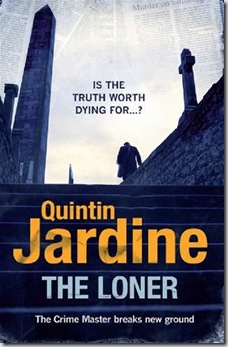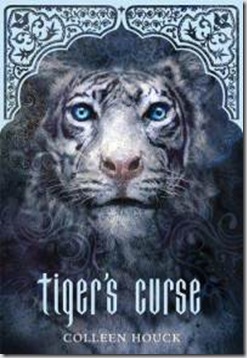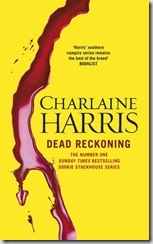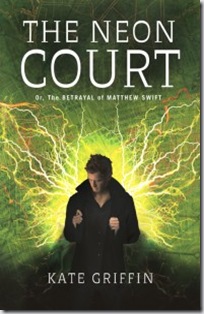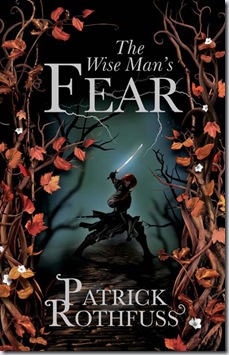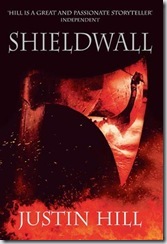
Shieldwall by Justin Hill is the first book in a planned trilogy encapsulating the historical events that surround the Battle of Hastings and the fall of Anglo-Saxon England. Hill is an established and award winning writer, but this is his first foray into English historical fiction.
The Story
Shieldwall is set roughly 50 years before the Battle of Hastings, and is the story of Godwin Wulfnothson’s rise to power from hostage son of an Anglo-Saxon Thegn to the Jarl or Earl of Wessex. It’s a story of battles, bravery and betrayals. History has recorded facts about Godwin but not his story. Hill takes what scant historical information exists of the period - those fixed points in time, and using knowledge of Anglo-Saxon culture crafts a poetic and engaging story around them.
We follow Godwin from his boyhood, we see him build friendships, alliances and enemies. The books strongest themes appear to be honour and honouring your word. Indeed the villain of the piece embodies the exact opposite,conniving, self serving and liable to change allegiance as soon as it’s in his interest.
Who the hell is Godwin?
Despite this era holding a great deal of interest, particularly for historians, popular culture depictions of Godwin are rather scarce. There’s a couple of movies that feature him, one made in the 50’s and one due out this year – 1066,but that’s about it.
Godwin was the father of King Harold Godwinson or Harold II, the last Anglo-Saxon King of England, who fought against the Normans at the battle of Hastings and lost.
Not my usual fare
Shieldwall is a bit of a departure away from my normal reading(ie Speculative Fiction). That’s not to say that I don’t like Historical fiction, indeed I have an educational background in history(mostly North Australian and South East Asian). Shieldwall was, however, one of those unexpected gems that you get as a reviewer, a pleasant surprise that tapped into my love of history in general and fired my imagination.
The book is set in that period of English history between Alfred the Great and the coming of William the Conqueror. If you are a fan of Tolkien’s Rohrirrim (The Rider’s of Rohan) this period is more or less the fertile soil from which they grew. All that alliterative naming – “Eomer son of Eomund”, the great poetic war speeches of Theoden, have their roots deep in Anglo-Saxon culture.
Breathing life into history
Not all of us are fans of Time Team (hard to believe, but true). History can become a bit of a bore when it’s just names and dates and battles. A good writer of Historical fiction is one who can make those names and events come to life. Shieldwall ’s success I think, has to be judged on its historical accuracy, and the believability that Hill generates as he leads us between the fixed historical points.
In that sense, I find Shieldwall to be a success. Not much is known of Godwin Wulfnothson, particularly his early life, he pops up at important junctures and finally becomes the Earl of Wessex under a King he fought against.
Hill’s knowledge of Anglo-Saxon culture and his use of poetry in the Anglo-Saxon tradition breathes life into what could have been a pretty bland retelling of events separated by a number of battles. Hill manages to give us a believable story, and a believable and very human character.
Criticisms
There have been others, perhaps with a focus more on the historical rather than the fiction that have pointed out some blatant anachronisms. For myself, not being invested heavily in the period, I didn’t find this a distraction.
What I noticed more were the female characters presented – Kendra, a slave and sometimes mistress to both Godwin and his father, a duplicitous queen, and a cast of other characters who are only participate as wives of powerful lords. Only the grandmother of Edmond Ironside comes across as a truly independent and powerful woman.
I noticed the portrayal of women and I have to ask, is Hill being true to history and giving us an accurately portrayal of a male centred culture, or has a filter been placed over our interpretation of the period? Could Hill, as he is writing fiction, have presented a female character who wasn’t a sex object or man’s possession?
The book is Godwin’s story and perhaps I am being harsh?
Judgement
I found Shieldwall a pleasant read, the description of battles was gutsy and exciting, the description of fear and the urge to pee before a battle added a certain verisimilitude.
It was evocative in its portrayal of Anglo-Saxon England and Hill has given me, in Godwin, a character who I am interested in following, as he marches on to become one of Anglo-Saxon England’s most powerful figures.
This book as a review copy provided by the publisher
Did you enjoy this review? Would you like to read more? You can subscribe to the blog through a reader or Follow me on twitter.


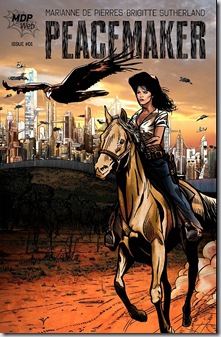
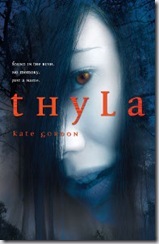 Thyla
Thyla
